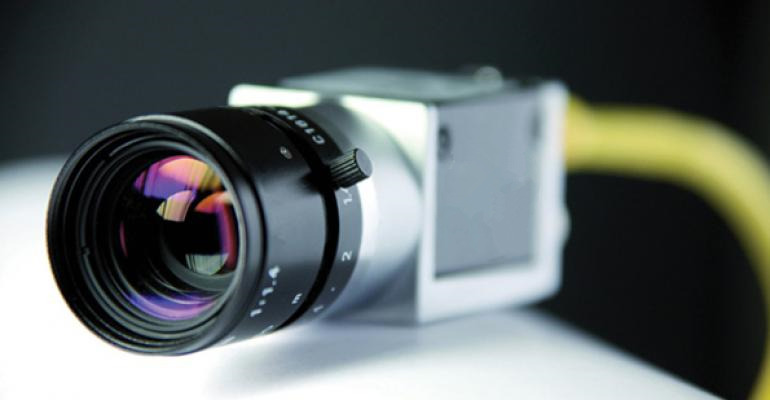- Home
-
Optiger Lens
-
Bi-telecentric Lens
- German Designed Optiger TTL06 Series
- German Designed Optiger TTL08 Series
- German Designed Optiger TTL9.5 Series
- German Designed Optiger TTL11.5 Series
- German Designed Optiger TTL16 Series
- German Designed Optiger TTL18.5 Series
- German Designed Optiger TTL23 Series
- German Designed Optiger TTL28.5 Series
- German Designed Optiger TTL39.2 Series
- German Designed Optiger TTL44 Series
- Telecentric Lens
-
Bi-telecentric Lens
- Canary lens
- Optiger Light Source
- Related Products
- Technical Support
- About Us
-
Company Gallery
- Contacts
Technical Support
Machine Vision
-
Source: Optiger
Machine vision (MV) is the technology and methods used to provide imaging-based automatic inspection and analysis for such applications as automatic inspection, process control, and robot guidance, usually in industry. Machine vision is a term encompassing a large number of technologies, software and hardware products, integrated systems, actions, methods and expertise. Machine vision as a systems engineering discipline can be considered distinct from computer vision, a form of computer science. It attempts to integrate existing technologies in new ways and apply them to solve real world problems.

The imaging device (e.g. camera) can either be separate from the main image processing unit or combined with it in which case the combination is generally called a smart camera or smart sensor. When separated, the connection may be made to specialized intermediate hardware, a custom processing appliance, or a frame grabber within a computer using either an analog or standardized digital interface (Camera Link, CoaXPress).MV implementations also use digital cameras capable of direct connections (without a framegrabber) to a computer via FireWire, USB or Gigabit Ethernet interfaces.

While conventional (2D visible light) imaging is most commonly used in MV, alternatives include multispectral imaging, hyperspectral imaging, imaging various infrared bands, line scan imaging, 3D imaging of surfaces and X-ray imaging. Key differentiations within MV 2D visible light imaging are monochromatic vs. color, frame rate, resolution, and whether or not the imaging process is simultaneous over the entire image, making it suitable for moving processes.
Source: Internet

The imaging device (e.g. camera) can either be separate from the main image processing unit or combined with it in which case the combination is generally called a smart camera or smart sensor. When separated, the connection may be made to specialized intermediate hardware, a custom processing appliance, or a frame grabber within a computer using either an analog or standardized digital interface (Camera Link, CoaXPress).MV implementations also use digital cameras capable of direct connections (without a framegrabber) to a computer via FireWire, USB or Gigabit Ethernet interfaces.

While conventional (2D visible light) imaging is most commonly used in MV, alternatives include multispectral imaging, hyperspectral imaging, imaging various infrared bands, line scan imaging, 3D imaging of surfaces and X-ray imaging. Key differentiations within MV 2D visible light imaging are monochromatic vs. color, frame rate, resolution, and whether or not the imaging process is simultaneous over the entire image, making it suitable for moving processes.
Source: Internet
站用透明_m9M5aQ.png)





號(hào)二維碼網(wǎng)站底部.jpg)

站[2].png)

站用透明.png)




號(hào)二維碼網(wǎng)站右側(cè).jpg)